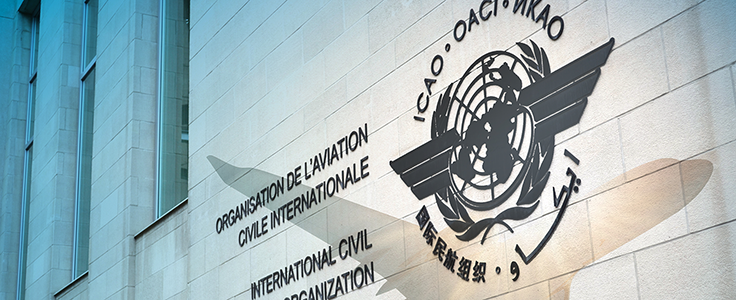
ICAO’s global offset mechanism draws worldwide attention to international aviation emissions
par Shahbano Soomro
Emissions from the aviation sector are often overlooked due to the difficulty of assigning them between nations. However if the sector were treated as a state in itself, it would represent the 7th largest emitter, behind Germany and ahead of Canada and South Korea. International aviation alone contributed 2% to CO2 emissions in 2013, not taking into account its production of other harmful gases.
To discuss this issue, 191 countries convened last week at the International Civil Aviation Authority’s 2016 Assembly. Historically international transport has been exempt from UNFCCC regulation, with responsibility for its emissions delegated to the UN’s sectoral agencies, ICAO and IMO (the International Civil Aviation Authority and Maritime Organisation, respectively).
As emissions for these sectors increase rapidly, pressure has finally mounted on both industry bodies to take greater action to curb future emissions growth. On 6th October, the nature of this action was decided when members voted in a global, mandatory measure intended to keep emissions from international aviation at their 2020 level. This measure takes the form of a Carbon Offsetting and Reduction Scheme (CORSIA) which will start its Pilot Phase in 2021. This preliminary analysis outlines that:
- Action by CORSIA is needed urgently in the context of the historical and projected rise in aviation’s CO2 These emissions reflect only part of aviation’s wider, more detrimental impact on the environment.
- The CORSIA scheme proposed by ICAO and agreed by member states is defined by its requirement that operators must offset all emissions growth above the 2020 baseline. These obligations are mandatory from 2027. From this date emissions from approximately 157 countries and specific routes are still eligible for exemption from offsetting.
- The scheme’s ability to ensure carbon neutral growth from 2020 can be called into question due to several design features: the reduction baseline year, uneven coverage following exemptions, relationship with other non-global measures, and credibility of the future offsets and MRV system.
- Some questions raised by the scheme remain unanswered: its full implications, including the cost of the scheme for operators and the type and level of emissions reductions incentivised. To determine the full consequences of the scheme, time is needed for its implementation mechanism to develop, and for detailed examination of the costs of abatement both within and outside of aviation.
